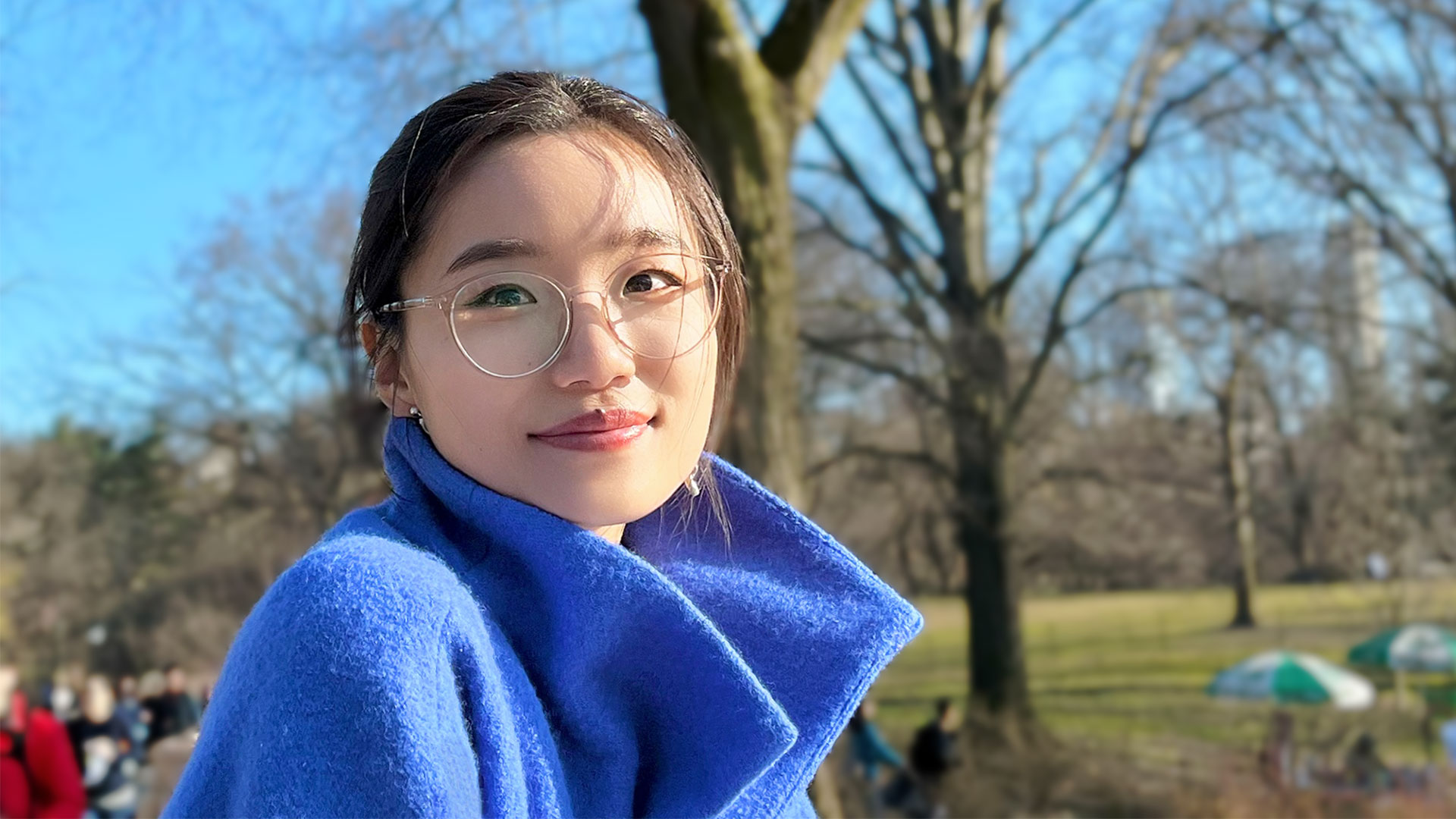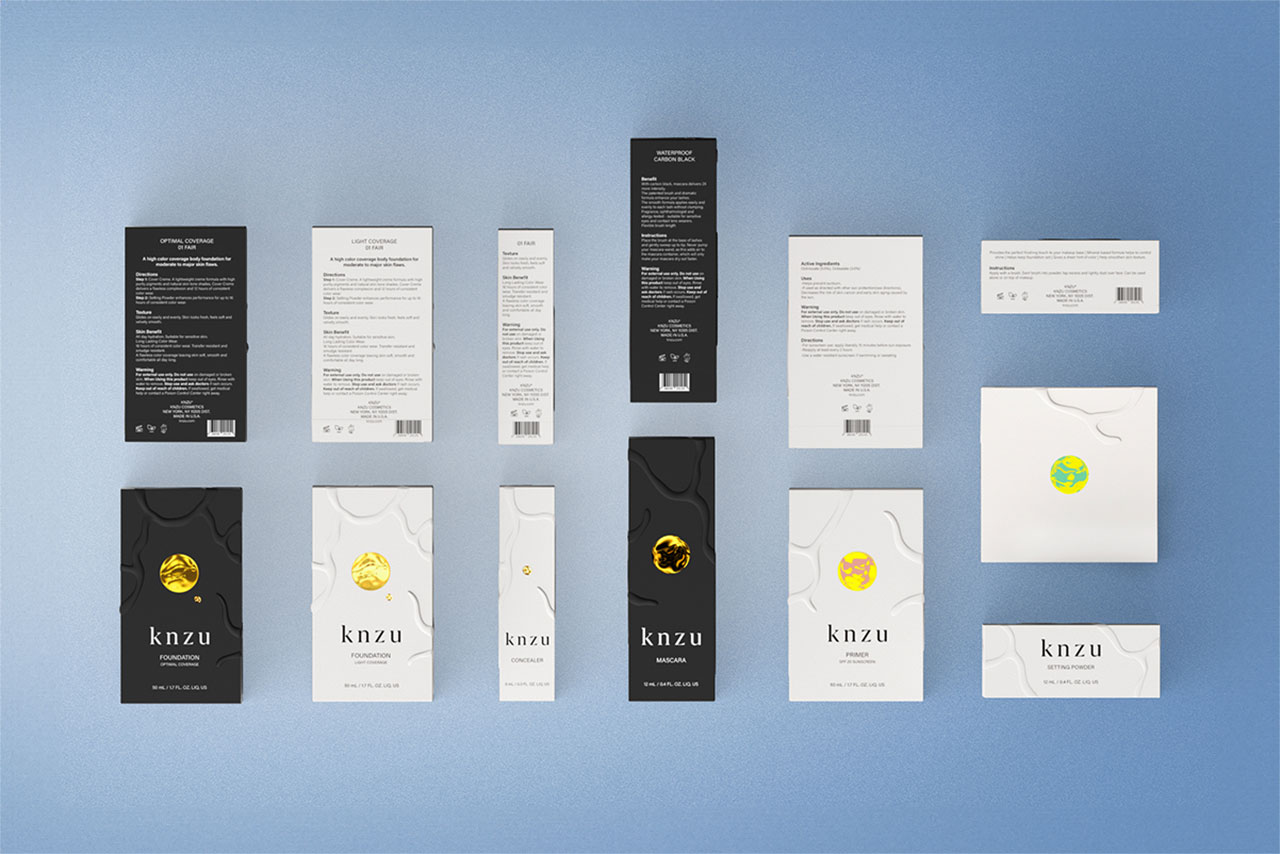Interview with Yuewei Shi | A Designer & Illustrator with a Passion of Blending Creativity & Imagination

Interview with Xinyue Geng | An Award-Winning Architectural Designer of The Obsidian
August 13, 2024
The Artful Jurors of the 2024 MUSE Design Awards
August 13, 2024Yuewei Shi
Yuewei Shi is a designer and illustrator based in New York. She is passionate in infusing creativity and imagination into every project she does while drawing inspirations from real-life elements to craft her fantastical designs. She is experienced in both in-house and agency settings within the beauty and manufacturing industries.
I'm Yuewei Shi, a designer, and illustrator based in New York, specialising in packaging, product design, illustration, and branding. Driven by a passion for infusing creativity and imagination into every project, I draw inspiration from real-life elements to craft fantastical designs.
With experience in both in-house and agency settings within the beauty and manufacturing industries, I have developed packaging for beauty, wellness, and lifestyle products, as well as designed culture-making merchandise and experiences.
From concept development to prototyping and production, I thrive on the entire design process, understanding the importance of user experience and business strategies. My design approach is unexpected and deliberate, integrating innovation with sustainability to create solutions that radiate playful energy and deliver impactful, memorable experiences.
I have worked as a packaging designer in both in-house and agency settings within the beauty and manufacturing industries. My role encompasses communication design, packaging structures, industrial design, and experience design. This diverse experience has equipped me with a comprehensive understanding of creating visually appealing and functional design solutions.
As a freelance illustrator, I have created editorial illustrations, children's books, and commercial illustrations, allowing me to tell compelling stories through my work.
My top three favourite things about the design industry are:
- Endless Possibilities: In design, nothing is impossible. The ability to push boundaries and explore new ideas makes the industry incredibly exciting and dynamic.
- Positive Impact: I love helping people and bringing pleasure to their lives through thoughtful design. Whether it's making everyday tasks more convenient or creating something that brings joy, design has the power to make a positive change and impact society.
- Continuous Learning: I enjoy working on different projects that require me to do research and learn about various topics. I see it as an exploration of the world, which keeps me inspired and continuously growing.
Winning Entry
knzu Cosmetics | London Design Awards
Knzu Cosmetics is dedicated to empowering individuals with skin conditions to express their natural beauty with confidence. Our dermatologist-formulated foundations are designed for sensitive skin... (read more here.)
Yuewei Shi
Yuewei Shi is a designer and illustrator based in New York. She is passionate in infusing creativity and imagination into every project she does while drawing inspirations from real-life elements to craft her fantastical designs. She is experienced in both in-house and agency settings within the beauty and manufacturing industries.
Read about the interview with Chia Chia Lin | The Creative Director & Founder of Moonbath Design here.


